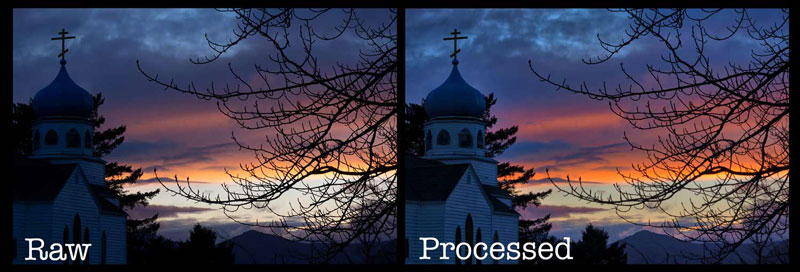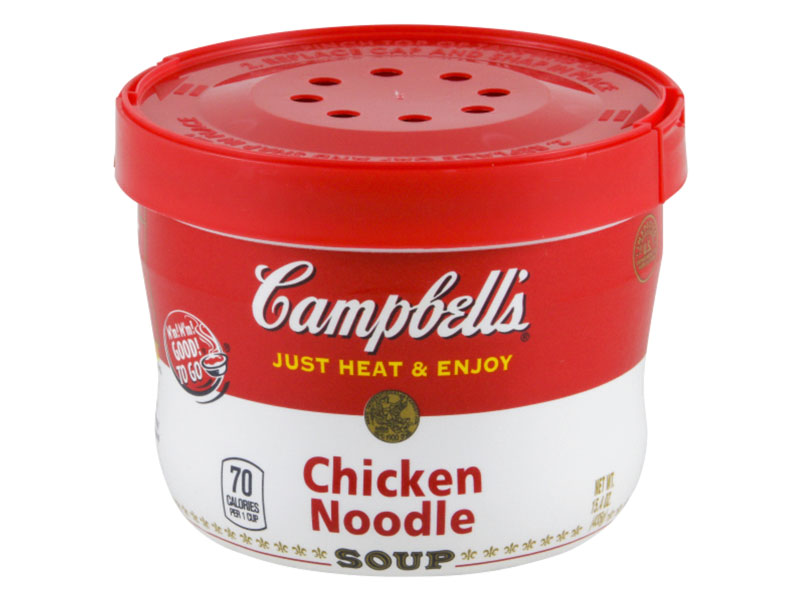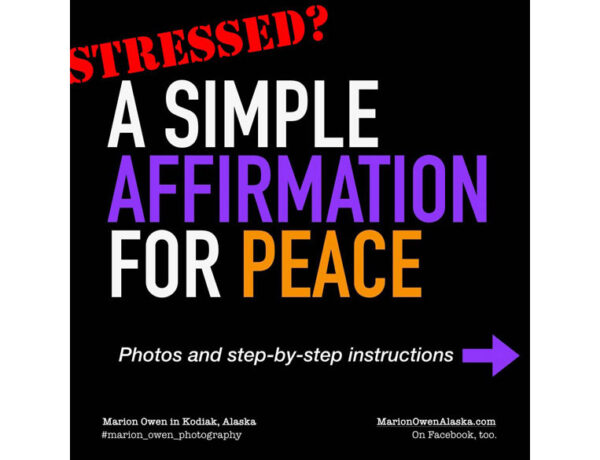If you want a chicken soup that fills the house with rich, savory smells, you probably won’t reach for Campbell’s chicken noodle soup. But if you’re in a hurry, canned soup might be fine. Same with photography. If you want the best photos, shoot RAW. Otherwise, JPEGs are fine. Here are tips to help you understand the difference…
Think of RAW as healthy, home-cooked meals, while JPEGs are fast food. I’m not saying JPEGs are bad. Hardly. As a professional photographer (since the mid-1980s, yikes), I shoot JPEGs often. But why choose one over the other?
It depends.
Remember, it’s not a good thing, bad thing.
I’ll show you what I mean in a moment when I list my Top Four reasons to shoot RAW followed by my Top Three reasons to shoot JPEGs.
First, let me share a little history lesson. In the early days of digital photography…
My students grumbled
In the 1990s when I integrated digital photography into my photo classes, my students rebelled. “Why shoot in RAW?” they asked. “The files take up so much room.”
It’s true, RAW files are larger than JPEGs. That’s because they’re of higher quality.
It’s like chicken soup made from scratch.
Photography isn’t about taking pictures. It’s about uncovering the essence of what’s already there waiting for you. ~ Marion Owen (Alaska nature photography)
Why shoot RAW?
1. You get to keep it all
Joni Mitchell used to say, “You don’t know what you’ve got ’til it’s gone.” When you shoot in RAW, you record all the data from the sensor. It’s yours to keep. Compare that to JPEGs. When you take a JPEG photo, your camera strips away valuable data from the file. It’s gone forever.
2. A bigger, better rainbow
When it comes to color and light, a camera (DSLR or smartphone) set to JPEG, records 256 levels of brightness. Sounds like a lot, right? Well, at a RAW setting, your camera records between 4,000 to 16,000 levels.
In other words, when you shoot RAW, you have so much more to work with. For example, you end up with:
- Smoother transitions from light to dark areas
- Better detail and richer colors
- More “keepers” to post online and create prints
In real life terms: No more blown-out, chunky sunsets.
Special note about RAW files: When people they see their RAW image for the first time, they’re often terribly disappointed. That’s because the RAW files look dull and lifeless. That’s normal. RAW files are meant to be adjusted. It’s like molding a blob of clay into a beautiful statue.
Look at this pair of photos. At left, a dull RAW photo that comes to life at right.

3. It’s easier to fix mistakes
We all make mistakes. Not bad news if you think of everything as an opportunity to grow. But the good news is that shooting in RAW allows you to recover over-exposed (too bright) and under-exposed (oops, too dark) images. And when you make adjustments to a RAW file, you can always go back and undo your changes. This is called non-destructive editing.
Not so with JPEGs. Here’s JPEGs’ dirty little secret: Every time you open a JPEG file, adjust it and save the file again, a bit of data—and hence quality—is stripped away. Gone. Unfortunate but true.
4. Have your cake and eat it, too
Read this slowly: The quality of a JPEG file generated from a RAW file is better than the one directly shot as a JPEG. So if you shoot in RAW and then convert it to JPEG. Something I do often.
Before I go any further, please take a moment to watch this documentary. Why? Because Louie Schwartzberg’s stunning time-lapse photography is inspiring and powerful. As you’ll see…
Why shoot JPEG?
1. Size matters
Since JPEGs are compressed, they are much smaller than RAW images. Which means they gobble up less storage and they need less time to download, process or transfer. On the other hand, don’t expect to enlarge a JPEG file into a wall mural to hang behind the couch. The pixelation will drive you crazy.
2. Everyone speaks JPEG
JPEG is a universal format that is readable by any photo program. RAW files, on the other hand, require proprietary software to open and edit them. No big deal, though. Canon, Nikon, Sony… they all provide the software to work with RAW files.
3. When easy is nice
Compared to shooting in RAW, the JPEG format is more user-friendly. So if understanding the nuances of photography is not important to you right now, I recommend you shoot in JPEG format.
RAW vs JPEG? In conclusion…
People often ask me, “What kind of camera should I get?”
“Well, what do you want to do with your pictures?” I reply.
In a nutshell:
- Shoot JPEG if you’re looking for a quick way to shoot and share photos with friends and family.
- Shoot RAW if you want total creative control over how your image looks.
Bottom line: It’s up to you. My recommendation would be to experiment and compare the two. Sort of like taste-testing chicken soup made from scratch and opening a can of Campbell’s.
Thanks for stopping by. I hope this was helpful.
Cheers and blessings,

More articles and resources you might enjoy:
Relax and look at pictures: My photo galleries, for your viewing pleasure
How you can forecast the weather: Weather: The Biggest Show on Earth
How our blood is similar to chlorophyll: My encounter with a fern.
P.S. Have you had a special encounter while out in nature? Or perhaps a cat or dog? I’d love to know your story…
+ + + + + + + + + + + +
Marion Owen is a “Jack of all trades,” with 30 years of experience as a teacher and columnist. She’s on a mission to help busy people enhance their daily lives, condensing topics such as photography, cooking, and organic gardening into bite-size pieces. Get her free 4-page “In Good Light: Photo Tips for Busy People” and feel newly recharged when taking pictures.





No Comments